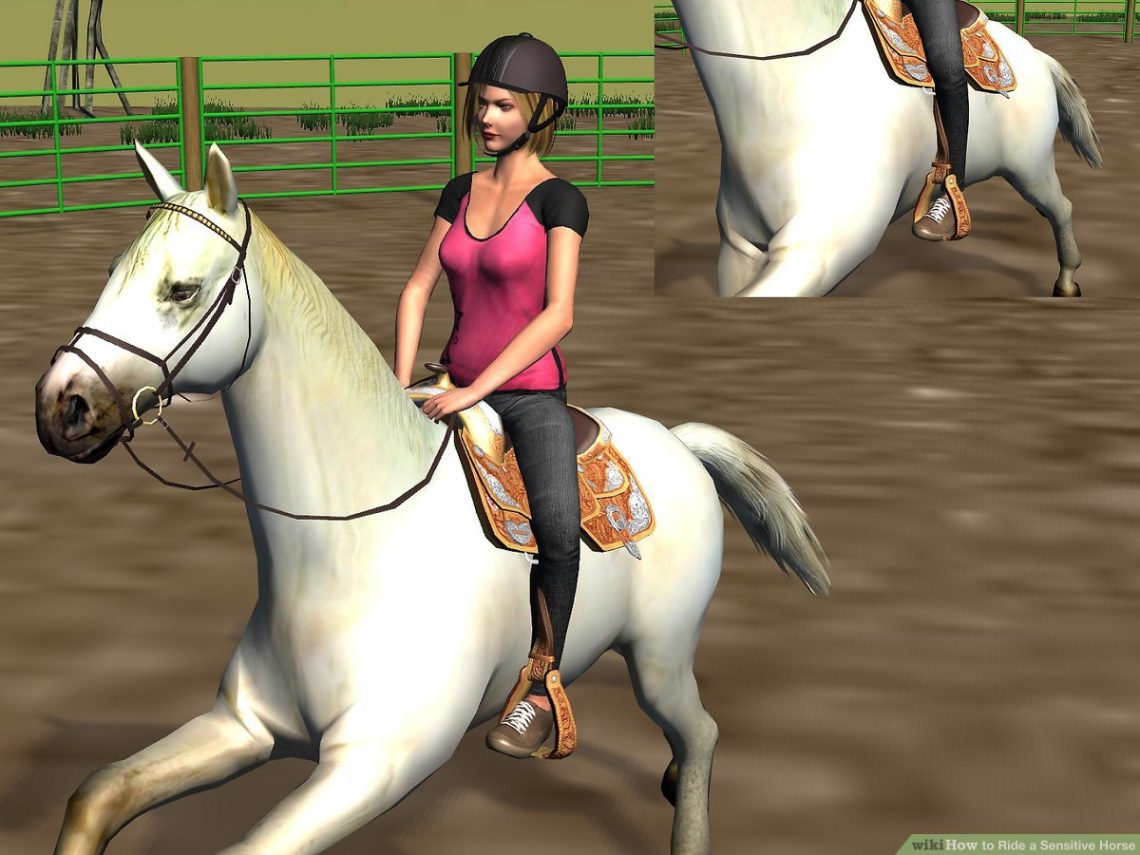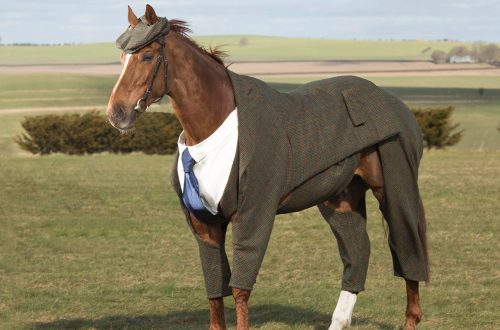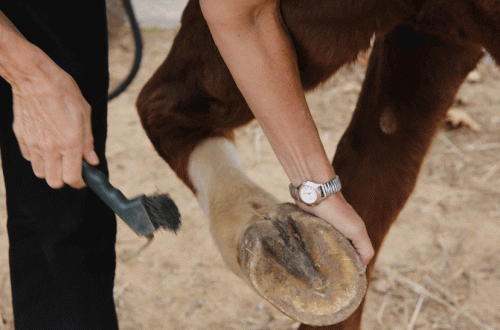
How to improve the horse’s sensitivity to messages?
How to improve the horse’s sensitivity to messages?
Is your horse responding to the message as quickly as you expect him to? Or would you still like to improve something in the dialogue with her?
Horses with a calm and balanced temperament are excellent partners in any of the equestrian sports. However, sometimes horses of this type do not respond to expelling controls as we would like – their reaction is sometimes more delayed, and they need periodic reminders from the rider about the key in which the work should be carried out.
Check your fit
If your horse does not respond quickly enough to expelling controls, assess your own position in the saddle.
Make sure you are sitting in the correct position, not overhanging the horse’s shoulders by loading him in front. Your weight is an important part of the balance that allows the horse to work properly with its back and move forward from the hindquarters. You should sit so that your center of gravity coincides with the center of gravity of a horse in rear balance. From this position, you will be able to properly work with your foot, sending the horse forward. If the horse is not moving, you can increase the leg action, but only once.
The messages from your legs should be as clear as possible to the horse, short and clear. If your leg is constantly squeezing or randomly tapping on the side of the horse, the horse stops listening to it, gradually gets used to the “poke” and becomes “tight on the leg”.
If the “quiet” signals don’t get through and you’re not getting the desired response from your horse, turn up the “volume”. Depending on your horse’s reactions, you can use either more leg pressure, or a whip, or a spur. If the horse has ignored the light cues, revive him with a sharp, immediate urge to move forward. Learn to use this message once per workout so you don’t have to use it again. If you need to constantly remind the horse with a whip or a spur, ask another rider to work with him, otherwise you will make him more and more “deaf” by your actions.
Let’s move on to the exercises
Once you are sure that your seat is correct and your horse understands your aids correctly, start working on increasing his sensitivity. Start with transitions. Ask the horse to move forward, then return to the same rhythm, pace or gait.
The first exercise can be a step-stop-step transition. The horse must immediately respond to the controls, ready to move from a stop. If the horse is stalling, use a spur or whip (once) to revive it and give it more energy.
Once you have set your horse up for these transitions, you can move on. The next exercise will be trot-walk-trot and trot-canter-trot.
It is very important to diversify your work: change direction, use figures (eights, serpentines, snakes). The horse should not be bored, the work should not be monotonous.
Be sure to praise your horse for even the slightest progress. Voice, stroking. The horse must understand what you are trying to achieve. If the horse performed the exercise correctly, take a step – this will be the best praise for the animal. In the future, the horse itself will offer you the right job. Watch your own landing during transitions. Your body must be stable and balanced. You must not in any way interfere with the horse’s tasks.
leg yield
Leg yielding is a great exercise to improve sensitivity. horses.
First of all, make sure the horse responds correctly to leg action. Leg yielding makes the horse more sensitive to your demands. This is not just a sending forward message, but a lateral movement. The yield also improves the horse’s transmission and contact with the reins.
It is desirable to start the concession from the quarter line towards the wall of the arena. Turn to the fourth line (for example, riding to the left), be sure to level the horse, give a signal to yield. Use a half halt, ask for ruling to the right, shift the weight to the left, with your right foot move the horse to the left as you push off his hind leg, your left foot drives the horse forward.
It is important to keep your shoulders and front of the horse straight, your shoulders and pelvis should be parallel to the shoulders and pelvis of the horse. Do not drop your chin, look ahead, where you are going. By lowering your eyes, you shift your balance and slow down the horse.
Your horse moves forward and sideways, does not sideways, does not twist in the body, neck and occiput. If the horse does not respond to the side-shifting action of the leg, duplicate it with a whip. Repeat this exercise on both sides. Keep in mind, in one of the directions the horse will perform it more willingly. Be ready to help yourself with a spur, whip, or increased leg pressure. If your arena is equipped with mirrors, this will help you check that both you and the horse are doing the task correctly. Neither you nor the horse should look crooked or leaning to one side.
After the horse is good at yielding from the quarter line, make it more difficult by doing the exercise from the middle of the arena to the wall, then from the wall to the quarter line or to the middle of the arena.
Possible problems
Sometimes a horse may react negatively to such training – it tries to get rid of the influence of the rider, showing discontent, or frightens him – upsets, shines, goats, beats back. In this case, think about whether you can handle the task, should you ask for help from a more experienced rider? If your horse is well-behaved, and this behavior is not typical for him, he may need to be taken to the veterinarian (perhaps the exercise causes physical discomfort to the horse).
Разнообразие
Calm horses usually respond well to variety, so change the environment more often: work in the arena, in the fresh air, in nature, in unfamiliar places. Change the training scheme more often, alternate exercises. When training becomes a routine, the horse loses interest in it and begins to respond less to you and your requests.
Natalie DeFee Mendik; translation by Valeria Smirnova (original article)
 Luckypom 6 March 2017 city
Luckypom 6 March 2017 cityThank you. I will try to apply) Answer





